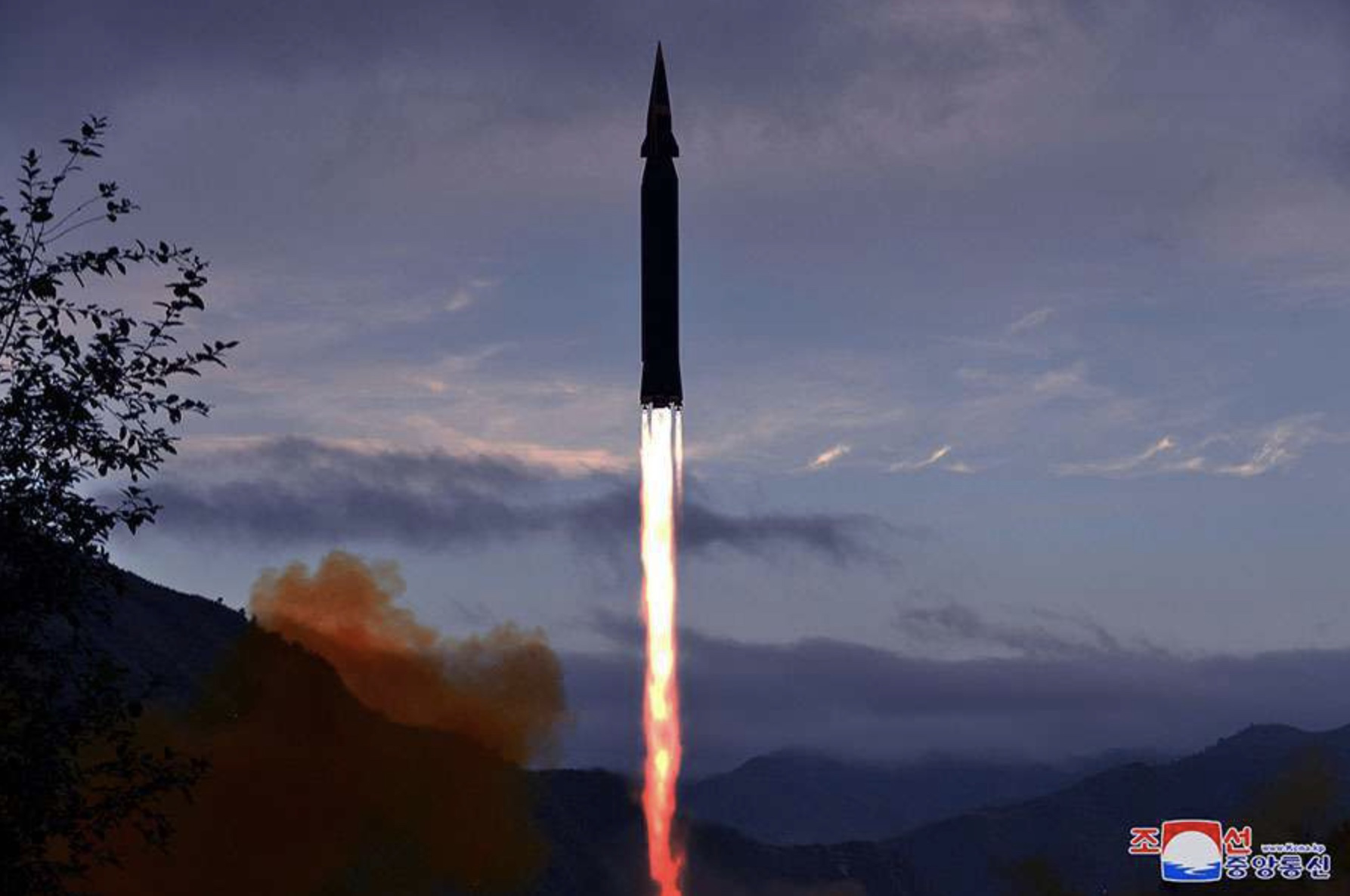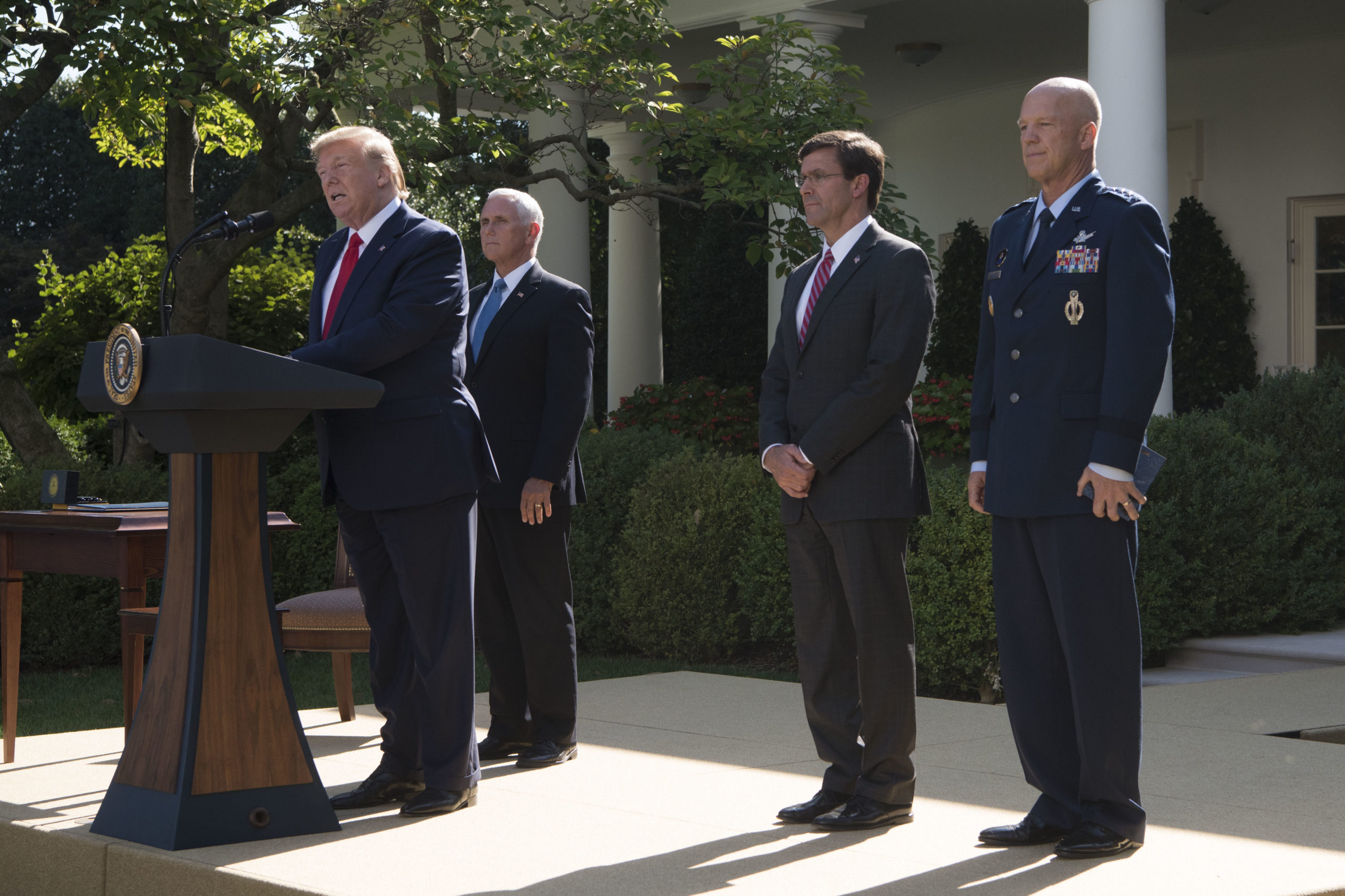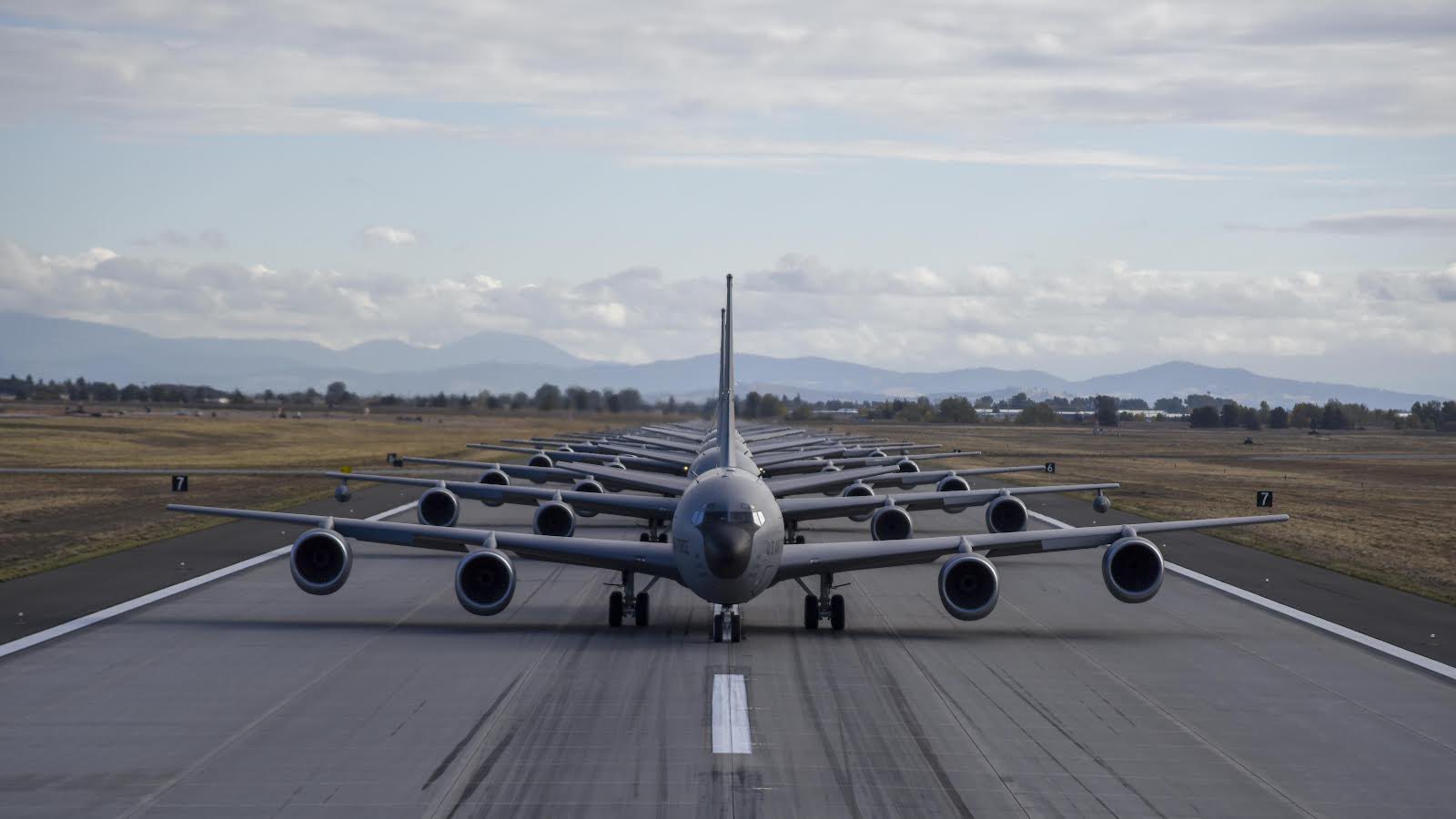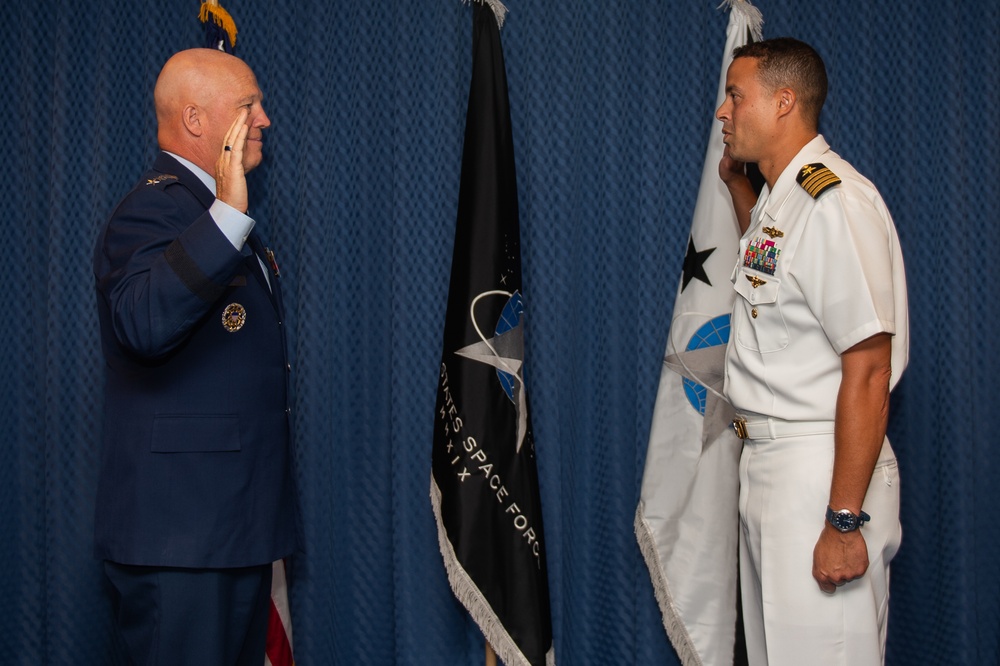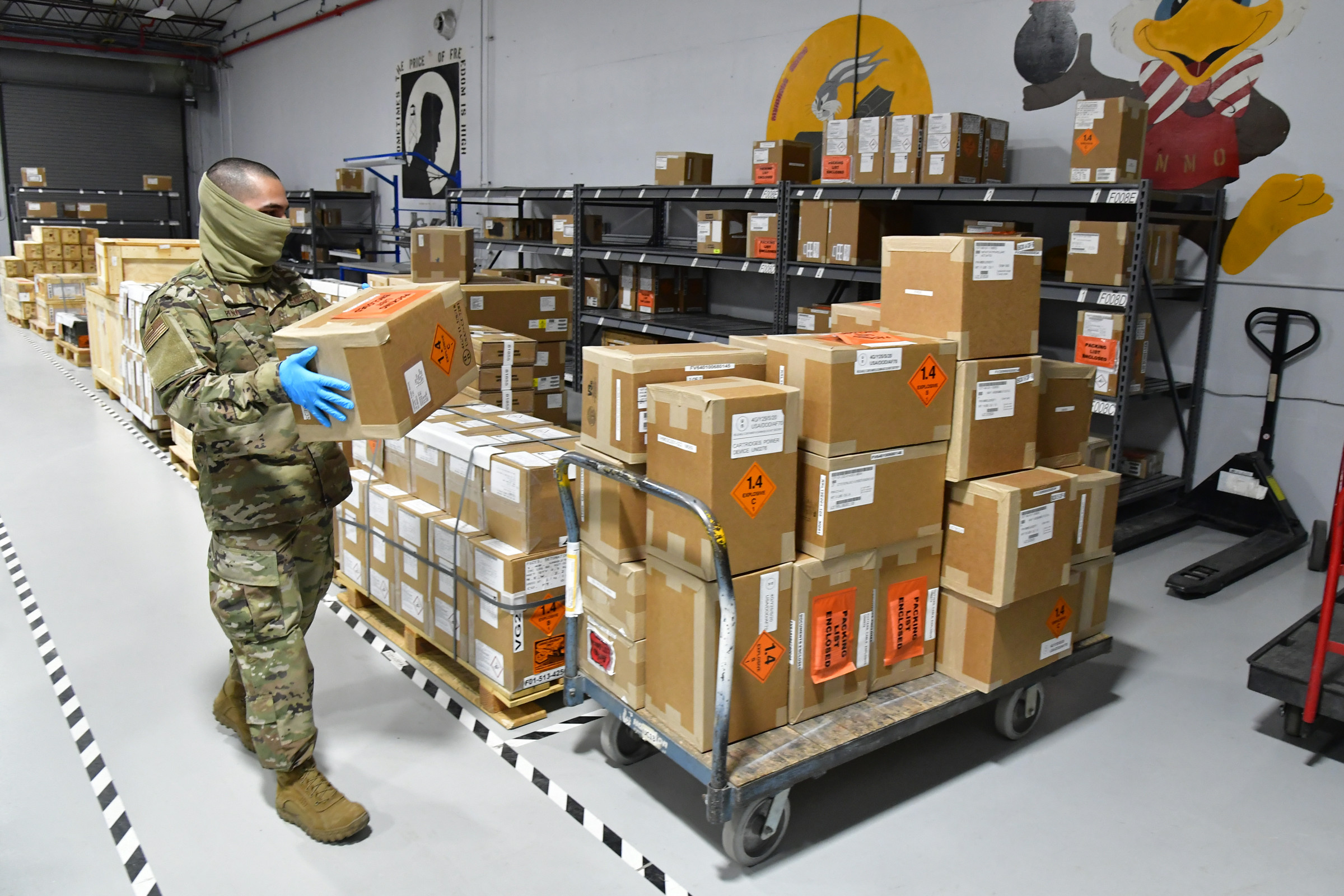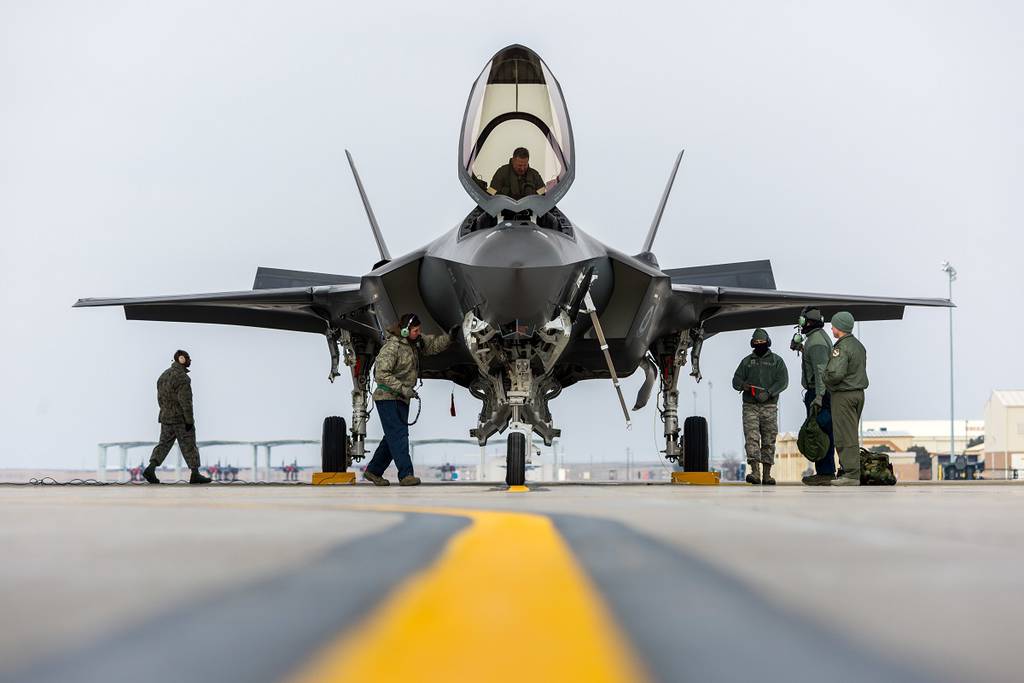North Korea tested a missile it called the Hwasong-8 “strategic weapon” Sept. 28, suggesting later that it was a hypersonic missile—but the Pentagon said it’s unclear exactly what Pyongyang flew and that it doesn’t change U.S. military posture in the Western Pacific.
Gen. Glen D. VanHerck, head of U.S. Northern Command, told Pentagon reporters Sept. 30 that the U.S. Intelligence Community is “still making an assessment” of what was tested, which he said North Korea has claimed was a hypersonic missile.
“We’ll just have to see,” he said, but even if the conclusion is that the vehicle tested was a true hypersonic glide vehicle, it doesn’t pose a threat the U.S. can’t defend against.
“It would be my assessment that the homeland would be safe and secure” from a North Korean hypersonic missile, Van Herck asserted. He did not speculate on the threat to U.S. forces on the Korean Peninsula.
Pentagon Press Secretary John F. Kirby, in the same briefing, said, “we’re aware of the missile launch, and we’re consulting closely with our allies and partners.” The conclusion of the U.S. military is that the system “does not pose an immediate threat to U.S. personnel or territory, or to our allies.” It does, however, “highlight the destabilizing impact” of North Korea’s “illicit weapons program,” but Kirby insisted that “nothing changes about our commitment to our alliance with … both Japan and South Korea.”
North Korea’s state-run news agency said the missile was “the first test” of a hypersonic missile by that country, and that it was a success.
“National defense scientists confirmed the navigational control and stability of the missile in the active section, and also its technical specifications, including the guiding maneuverability and the gliding flight characteristics of the detached hypersonic gliding warhead,” the Korean Central News Agency (KCNA) said.
A single image of the weapon’s launch released by Pyongyang shows what could be a hypersonic gliding shape being lofted by a rocket booster. The shape is similar to that of China’s DF-12 hypersonic missile, but the Pentagon did not discuss any tracking data it may have on the missile’s flight path or speed. To be “hypersonic,” a vehicle must fly at a minimum of five times the speed of sound.
Kim Song, North Korea’s ambassador to the United Nations, made a speech at the U.N. right after the test, asserting that country’s “right” to develop and test technologies equivalent to those being developed by the U.S. and South Korea.
A South Korean military press release said that country has defenses against any missile threat from the North. It also said the missile appears to be an early experiment, still a long way from operational status.
A hypersonic missile offers many advantages over ballistic missiles. Such weapons can fly at very high speeds, maneuver to confuse or evade defenses, and sharply reduce a defender’s warning time of an attack.
The U.S. is developing hypersonic missiles of two kinds. One is a boost-glide system similar to what North Korea said it tested, in which a booster rocket accelerates a shape to hypersonic speed, which then glides and maneuvers to impact. The second kind is an air-breathing system, in which a hypersonic motor continues to provide the vehicle with thrust after it separates from its booster, thus increasing its range and maneuverability.
The Air Force’s preferred boost-glide system is the AGM-183A Air-launched Rapid Response Weapon (ARRW), while its air-breathing system is called the Hypersonic Air-launched Cruise Missile, or HACM. The HACM will be based on technology from a joint program with the Defense Advanced Research Projects Agency (DARPA), which claimed a successful test of the Hypersonic Air-breathing Weapon Concept (HAWC) earlier this week. The Air Force has yet to make a successful flight test of the ARRW, despite several attempts over the last year. The Army and Navy have their own, cooperative hypersonic missile programs.
Along with the hypersonic aspect, Pyongyang said the new missile marked a successful test of “ampulization,” in which the rocket’s liquid fuel is sealed in the launch canister, eliminating the time needed to fuel a rocket before launch and reducing its response time to a launch order. The fuel can be stored in the canister for years before being activated.
If Pyongyang’s claim is true, it will have entered a “club” of countries having flown a hypersonic vehicle that includes China, India, Russia, and the U.S. Iran is also said to be close to a working hypersonic weapon design.
